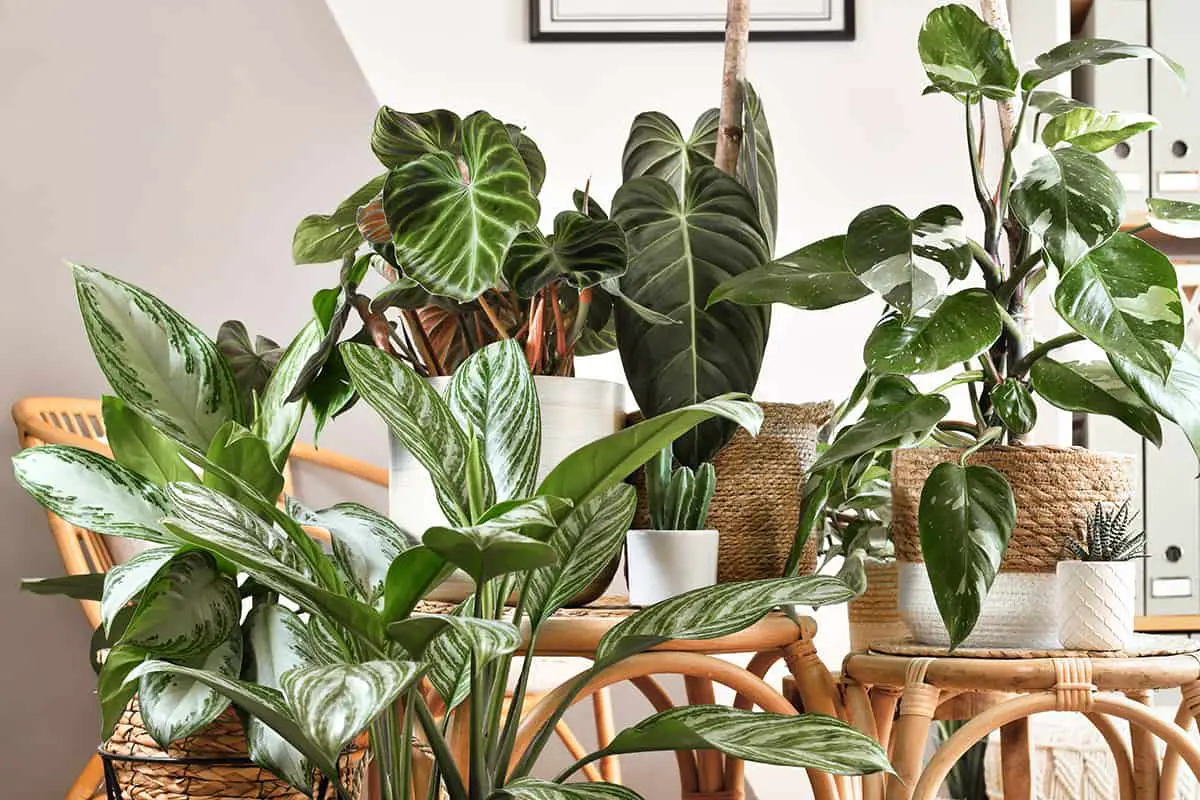Ever turned around and suddenly noticed your Pothos vine stretching across the shelf like it’s trying to escape? That’s the thrill of fast-growing houseplants. They transform your space rapidly, making it greener and more vibrant in no time.
This article dives into the world of quick growers that promise to fill your home with lush foliage and instant gratification, perfect for both the impatient gardener and those looking to make a big impact fast.
Table of Contents
- Pothos (Epipremnum Aureum)
- Spider Plant (Chlorophytum Comosum)
- Peace Lily (Spathiphyllum)
- Philodendron
- Aloe Vera
- Snake Plant (Sansevieria)
- Zz Plant (Zamioculcas Zamiifolia)
- Swiss Cheese Plant (Monstera Deliciosa)
- Jade Plant (Crassula Ovata)
- Rubber Plant (Ficus Elastica)
- Bamboo
- Boston Fern (Nephrolepis Exaltata)
- Golden Pothos (Epipremnum Aureum ‘Golden’)
- Wandering Jew (Tradescantia Zebrina)
- Tradescantia (Spiderwort)
- Areca Palm (Dypsis Lutescens)
- Kalanchoe
- Arrowhead Plant (Syngonium Podophyllum)
Pothos (Epipremnum Aureum)
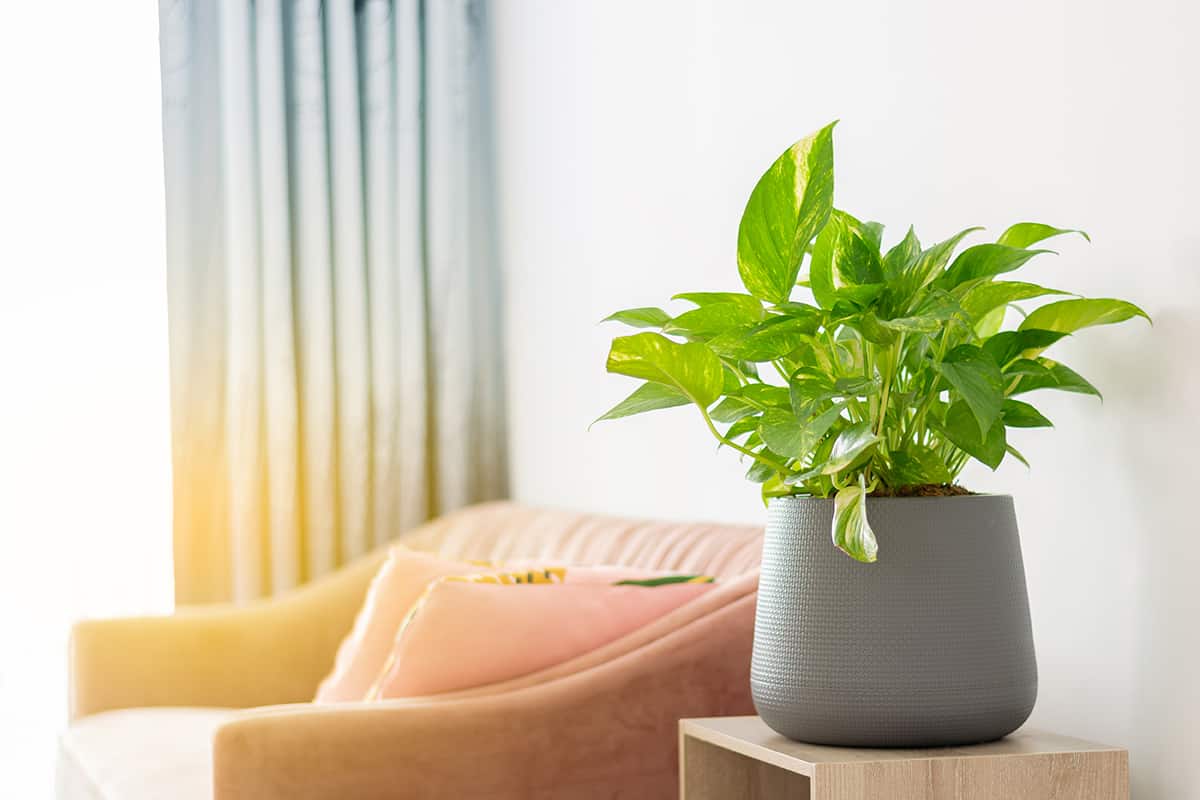
Pothos, or Epipremnum Aureum, is a popular houseplant you can grow quickly. It adapts well to a range of indoor conditions. Bright, indirect light boosts its growth, but it also tolerates low light.
Your pothos will thrive with minimal care. Water when the soil feels dry to the touch. Be mindful not to overwater, as this can lead to root rot.
The plant’s leaves are glossy and can be variegated with yellow, white, or green. As a climbing vine, it can add greenery to your home vertically or trailing from shelves.
If you wish to propagate your pothos, you can snip cuttings just below a leaf node. Place the stem in water until roots develop, then pot in soil. This is an easy way to multiply your plants or share with friends.
Keep your pets away, as pothos is toxic if ingested. If you have curious animals, consider placing the plant out of reach.
Spider Plant (Chlorophytum Comosum)
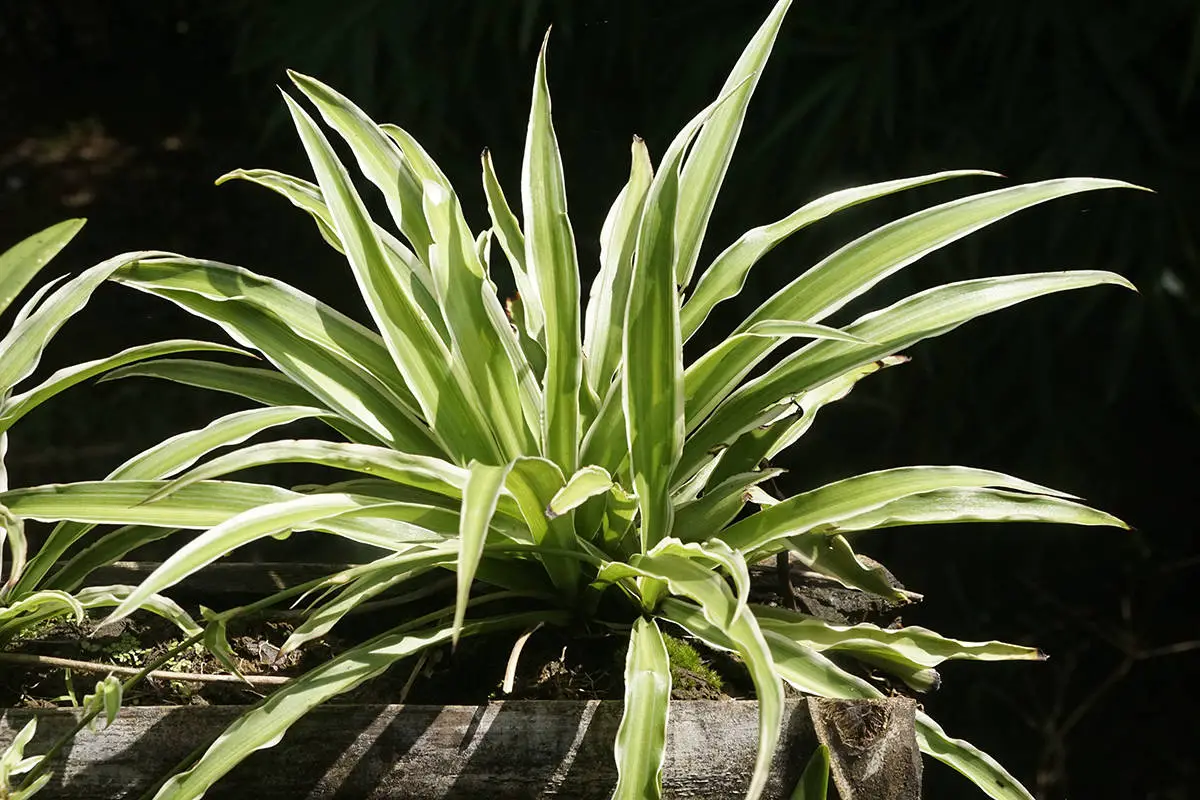
The Spider Plant, or Chlorophytum comosum, is a must-have for your home. It’s known for rapid growth and ease of care. You’ll find it produces long, arching leaves that add a touch of greenery to any space. Often displayed in hanging baskets, these plants can grow up to 2 to 3 feet long.
Chlorophytum comosum thrives in various conditions. You can keep your Spider Plant in medium light or even in less ideal, shaded areas. Despite this adaptability, they prefer well-draining soil and do require some natural light to prosper. Your Spider Plant might show signs of growth through plantlets, which dangle from the mother plant.
Caring for your Spider Plant is straightforward. Water it consistently, but allow the soil to dry out between waterings to avoid over-hydration. This plant is resilient, making it perfect for beginners. Furthermore, it’s great at purifying the air in your home by filtering out common household toxins.
The Spider Plant is also non-toxic, making it safe around your pets. Keep these plants at a comfortable room temperature, and they will flourish.
Peace Lily (Spathiphyllum)
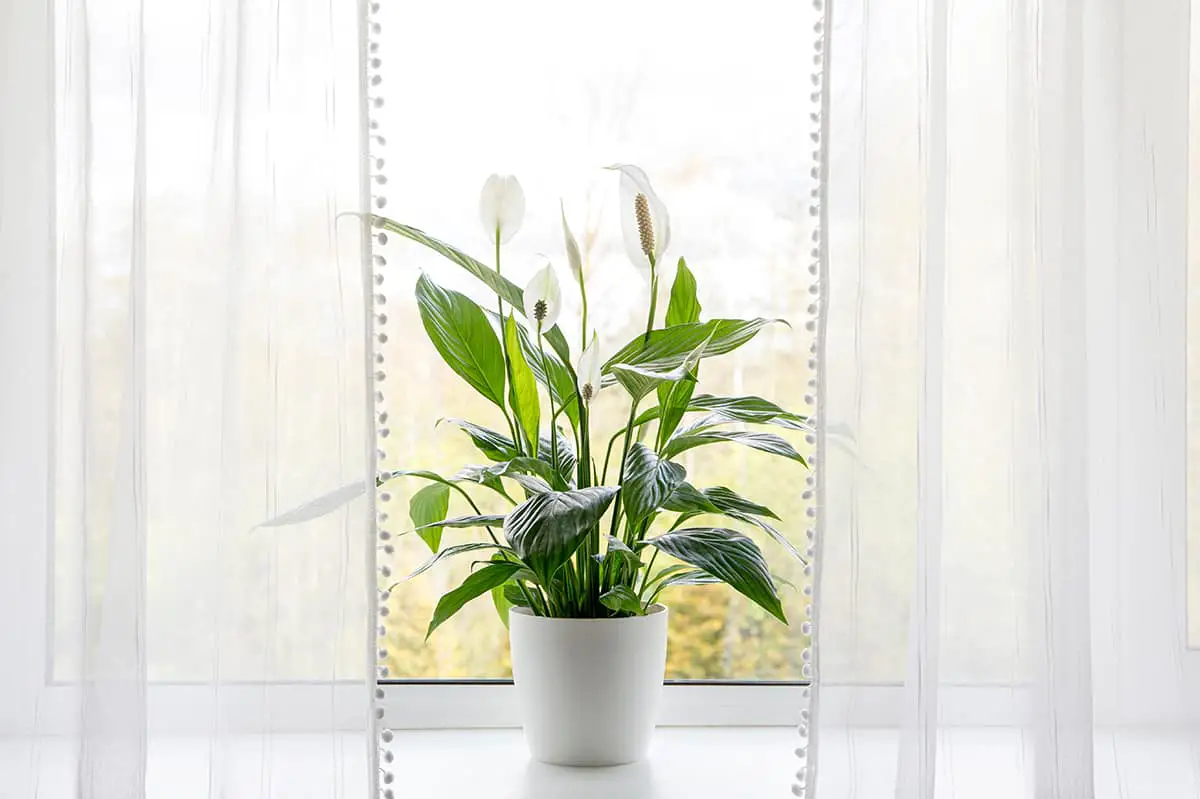
Peace lilies add beauty to your home with minimal effort. Within this plant species, the dwarf Wallisii Peace Lily grows 12 to 15 inches tall. It’s known for lush foliage and white blooms.
Your peace lily thrives in low-light areas. It requires less fertilizer in dim spaces. Higher light allows for more frequent feeding.
Care for your peace lily by avoiding direct sunlight. They grow in a well-lit area, with their leaves remaining a deep green. Their spoon-shaped flowers are striking.
Philodendron
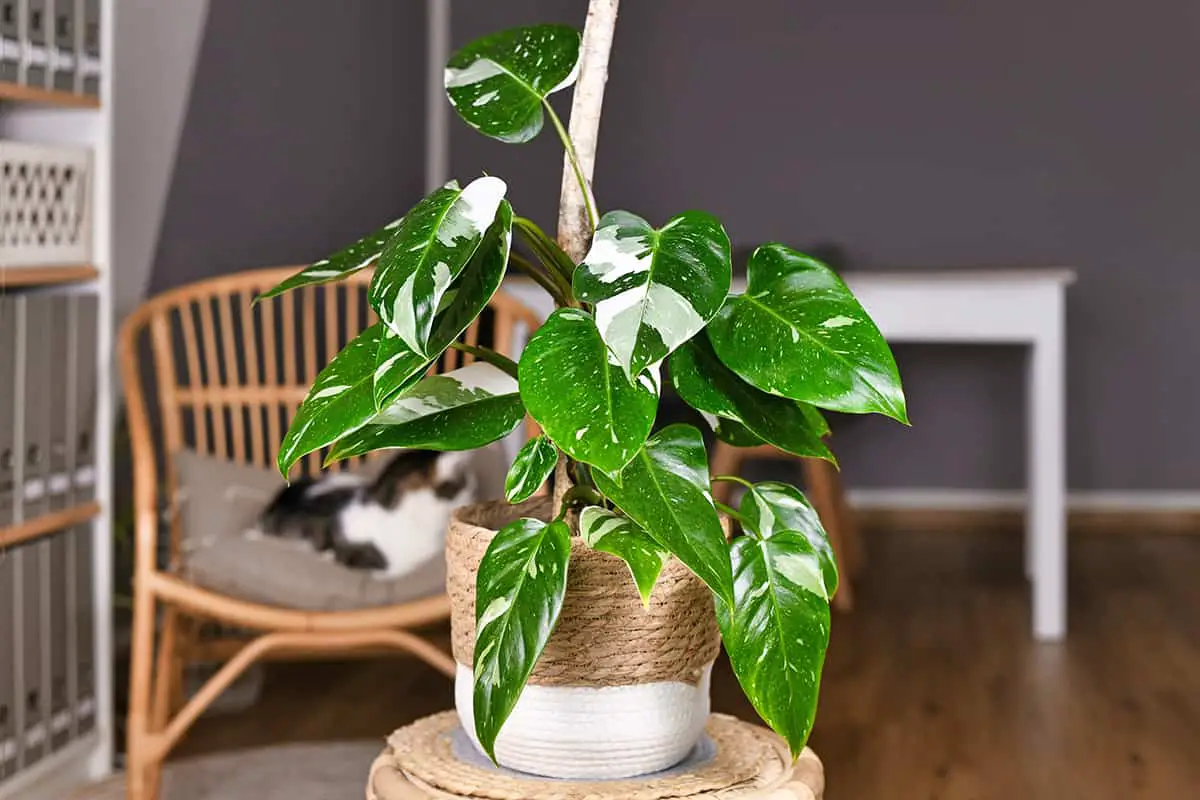
Philodendron plants are popular for their rapid growth and lush foliage. You will appreciate their versatility and ease of care, making them ideal for indoor environments.
Philodendrons display a range of leaf shapes and colors, from dark green to burgundy. Their varieties include both vining and self-heading types, suitable for hanging baskets or as a tabletop display. Vining philodendrons, like the heart-leaf philodendron, have dark green, heart-shaped leaves, usually 2-4 inches in size.
Self-heading philodendrons, on the other hand, don’t require support to grow. They can stand upright in a pot, making them excellent as floor plants. The leaves of these plants can become quite large, adding to their ornamental appeal. The hybrid philodendrons are also known for their attractive, lush green leaves.
Caring for your philodendron is straightforward. They thrive in medium to bright indirect light, but can also tolerate low light conditions. Keep the soil consistently moist but not soggy, as overwatering can lead to root rot.
Aloe Vera
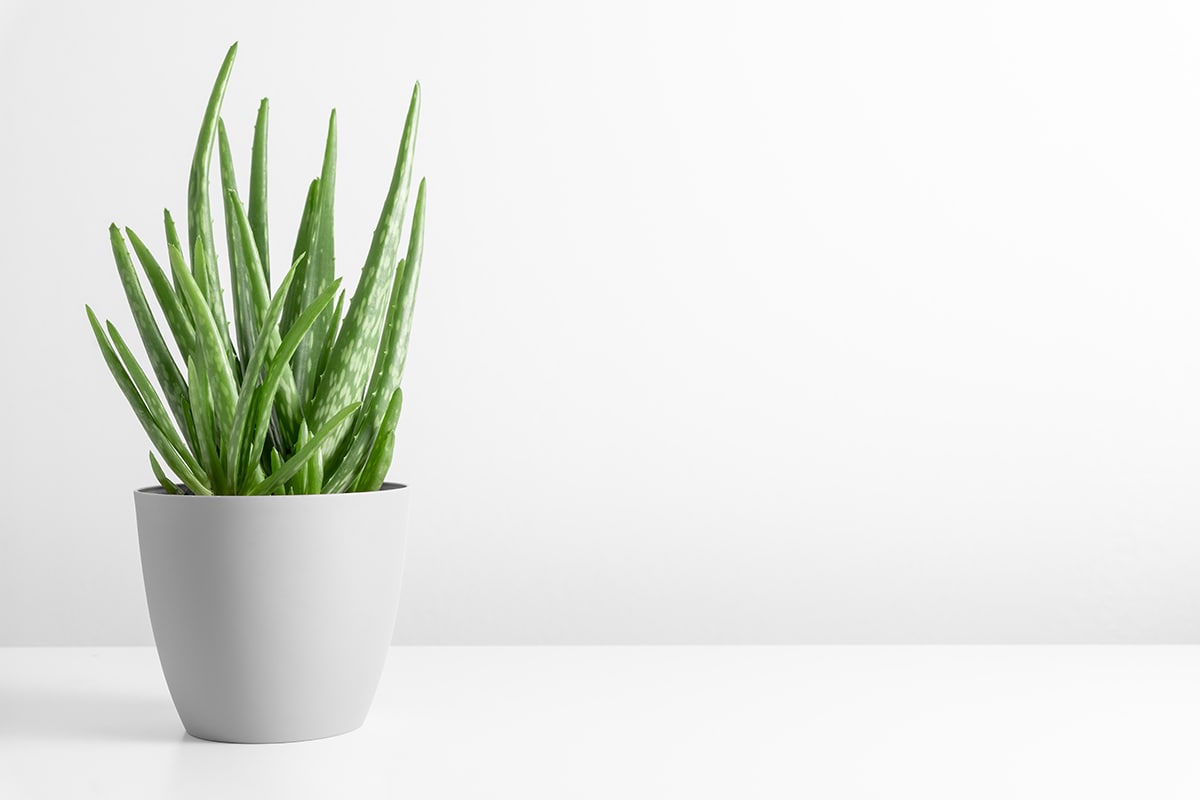
Aloe Vera is a popular houseplant known for its quick growth and medicinal properties. Its leaves are full of gel that is used to soothe the skin. When you care for an Aloe Vera plant, you reap both decorative and health benefits.
These plants thrive in bright, indirect sunlight. For best results, place your Aloe Vera near a sunny window. Rotating it ensures even growth. If it lacks light, your Aloe may stretch and weaken.
A key to success is proper watering. Let the soil dry out completely, then water deeply. Ensure the pot has drainage holes to prevent root rot.
Aloe Vera adapts to indoor temperatures well. It prefers warmer climates between 55 to 80°F. Keep it away from drafts or heat sources for stable growth.
Snake Plant (Sansevieria)
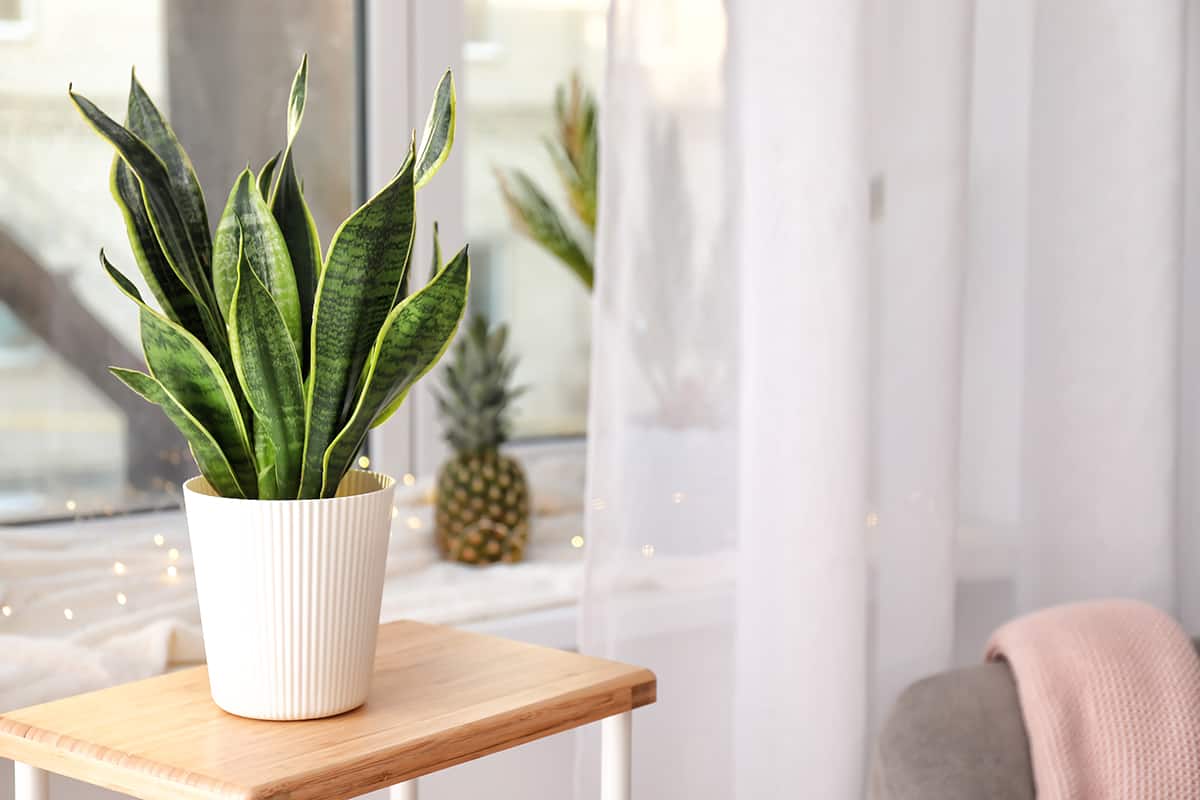
The Snake Plant, also known as Sansevieria, is a robust option for your home. Its hardy nature makes it a popular choice. You can enjoy this plant without needing a green thumb.
Sansevieria thrives in indirect sunlight but can tolerate lower light levels. This resilience makes it suitable for various indoor conditions. Ensure you have a well-draining pot, as overwatering can harm it.
These plants grow upright with striking, variegated leaves. They add a modern touch to any space. With their air-purifying qualities, you gain both beauty and health benefits.
You’ll find Sansevieria in many forms, from the tall, classic varieties to the shorter, compact cultivars. They seldom need repotting, which saves you time and effort.
Zz Plant (Zamioculcas Zamiifolia)
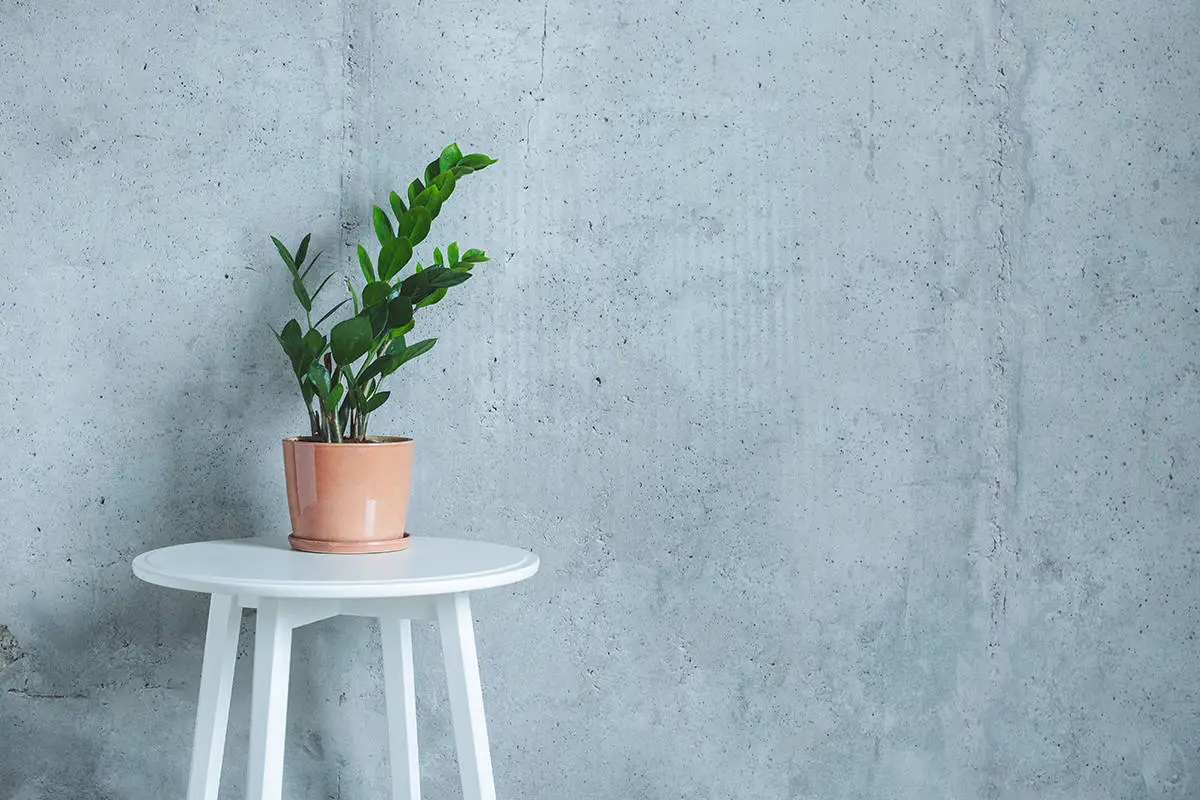
Zamioculcas zamiifolia, known as the ZZ Plant, is a favorite for your home. It grows quickly with minimal care required. You will appreciate its waxy, green leaves which add a tropical vibe. The ZZ Plant is tough and withstands low light conditions.
This plant is also drought tolerant. It means you don’t need to water it too often. Its ability to thrive in various environments is stellar. This makes it ideal if you’re busy or forgetful.
You will find the ZZ Plant is slow growing at first. But, it can reach 2 to 4 feet both in height and spread over time. It is native to Africa, which explains its resilience.
To ensure your plant stays healthy, place it in areas with indirect light. Also, make sure the soil has good drainage.
Swiss Cheese Plant (Monstera Deliciosa)

The Swiss Cheese Plant, or Monstera deliciosa, is a tropical vine. Native to Central America, you can grow it indoors for a touch of the tropics. Its name comes from the holes in its leaves.
Monstera deliciosa thrives in indirect light. Ensure you have ample space; it can reach up to 8 feet indoors. Regular watering helps it grow, but let the soil dry between waterings.
Monstera deliciosa fruit is edible. It tastes like a blend of pineapple and banana. Be patient; it takes a year for the fruit to ripen.
Wiping the leaves with a damp cloth will keep them dust-free and healthy. Support your Monstera with a moss pole or trellis as it grows.
Jade Plant (Crassula Ovata)

Your Jade Plant is more than just an ornament. It’s a fast-growing, sturdy houseplant. Also known as Crassula ovata, it thrives indoors with minimal care. Bright light helps, but direct sun is not a must. Your Jade Plant can do well in part-shade.
Watering is simple. When the soil is dry, give your plant a drink. Give it enough to moisten the soil, then wait until it’s dry again. Consistent overwatering is harmful, so stay aware of the soil’s moisture level.
You may notice the succulent leaves of your Jade Plant become more intense in color with proper light. They become lusher and may show red tints on the edges. This is a sign of good health.
The plant can live for many years, growing up to several feet. It may even flower, producing small, starry blooms. Pruning is not often needed, but you can trim it to maintain its shape.
Rubber Plant (Ficus Elastica)
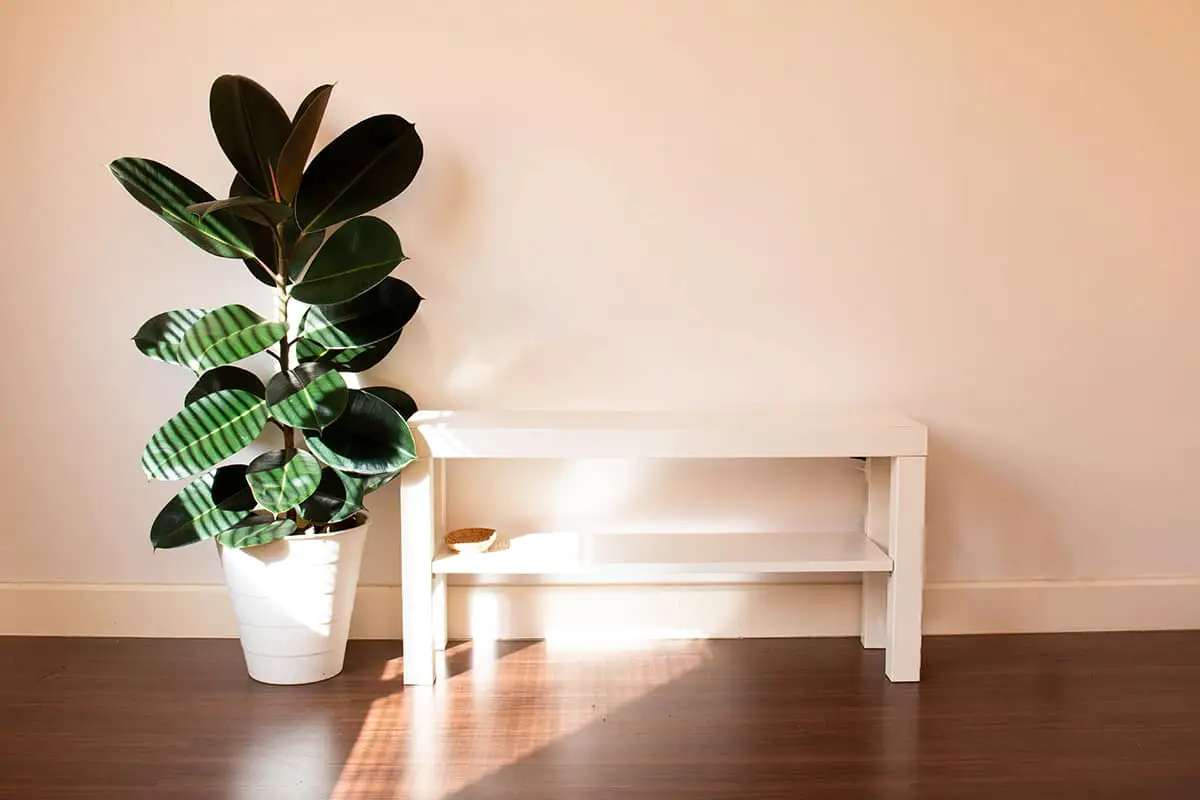
The Rubber Plant, also known as Ficus elastica, is a fast-growing houseplant with a striking appearance. You can recognize it by its glossy, leathery leaves. These plants require bright light and do well in east-facing windows where they receive morning light.
Ficus elastica thrives in room temperatures between 60 and 80 degrees Fahrenheit. Keep your Rubber Plant away from cold drafts and ensure the temperature does not fall below 55 degrees Fahrenheit. These plants prefer stability and might drop leaves if moved frequently.
To maintain the Rubber Plant’s aesthetic, clean its large leaves with a damp cloth. This will not only keep the leaves shiny but also support healthy growth. An important aspect of caring for your Ficus elastica is allowing the soil to dry out slightly between watering.
Bamboo
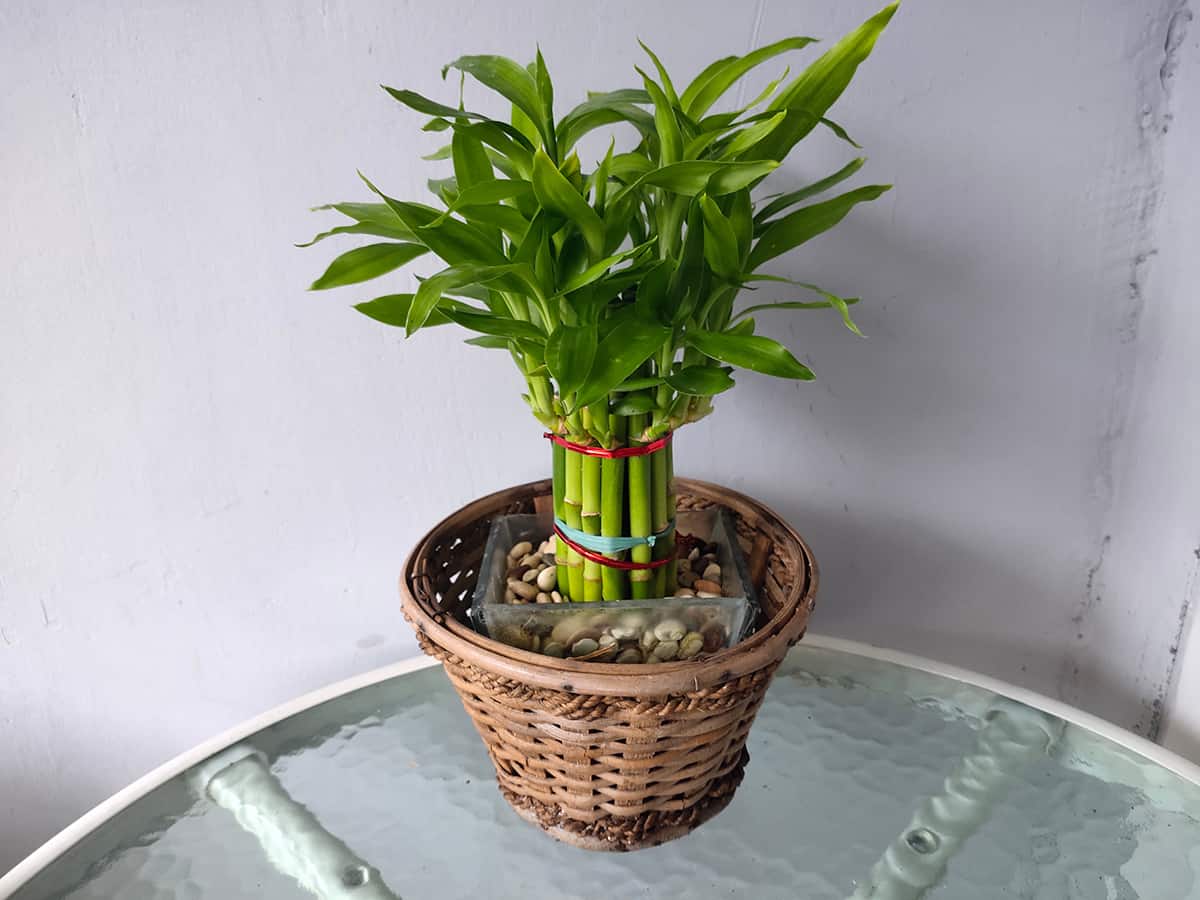
Bamboo is a fast-growing houseplant you can choose for your home. Some species can grow over a meter in a single day, outpacing nearly all other plants. Place your bamboo where it will receive full or part sun for optimal growth. It thrives in a variety of soil types and environmental conditions.
You need to water and fertilize bamboo regularly for best performance. Remember to mulch to retain moisture and provide nutrients. The plant comes in many sizes, with mature bamboo ranging from 1 foot to over 120 feet in height.
Bamboos are noted for their rapid growth. They serve as evergreen privacy screens and bring a tropical feel indoors. Young edible shoots offer culinary uses, while mature canes are used in crafts, furniture, and construction.
When planting bamboo indoors, choose a spacious pot. This allows its roots to spread without being too confined. If you worry about invasiveness, select clumping bamboo varieties. They spread less aggressively than running bamboo.
Boston Fern (Nephrolepis Exaltata)
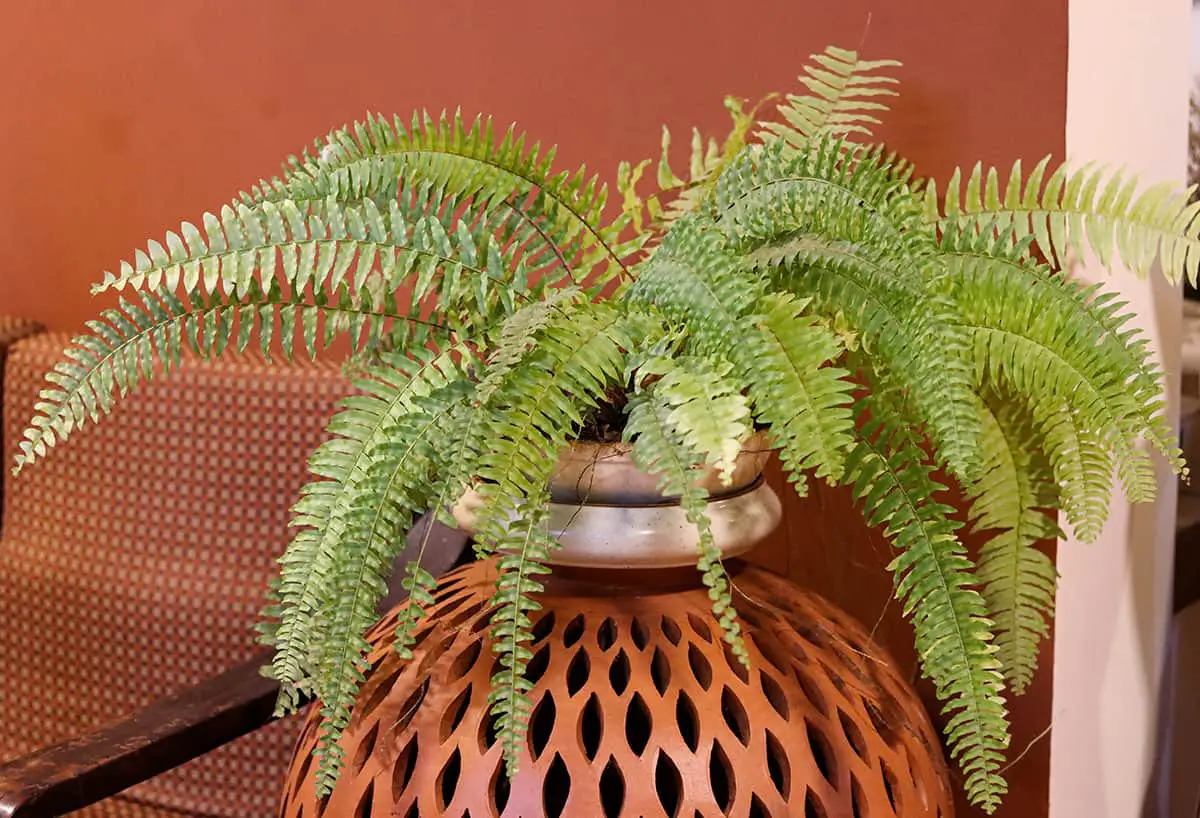
The Boston Fern, known scientifically as Nephrolepis exaltata, is a lush, fast-growing houseplant. It thrives in your home’s bright, indirect light. With its attractive, sword-like fronds, this fern is popular for its ease of care. It adds a touch of greenery to any space.
Your Boston Fern requires consistently moist soil. Make sure the soil never dries out completely. This plant loves high humidity. You may find it does well in bathrooms or kitchens where the air is typically moister.
Given the right conditions, Nephrolepis exaltata can reach impressive sizes. In its native habitat, it can grow up to 7 feet tall. Indoors, regular pruning helps maintain its size and encourages lush foliage.
This fern does not demand much fertilization. Feeding it in the growing season supports its rapid growth. Be sure to place your Boston Fern in a spot away from cold drafts or heat sources. This ensures it stays healthy and grows fast.
Golden Pothos (Epipremnum Aureum ‘Golden’)
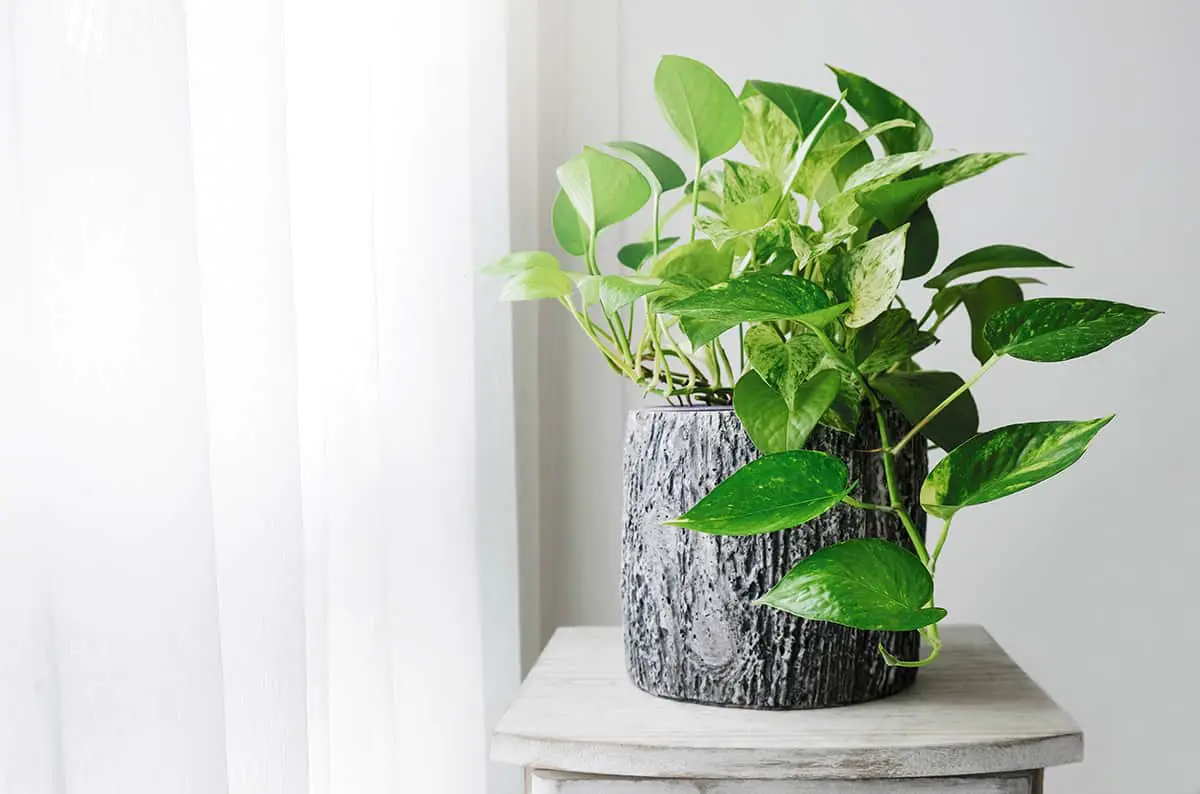
Golden Pothos is a hardy plant ideal for your home. With its vibrant green leaves, it brings life to your indoor spaces. It’s known for rapid growth and low maintenance.
Golden Pothos thrives in moderate to low light. You should water it when the soil feels dry to the touch. Be careful not to overwater, as this can harm the plant.
This plant grows quickly under the right conditions. You can train its vines to climb or let them trail from a hanging basket. Trim back the vines to encourage a fuller plant.
In addition to its fast growth, Golden Pothos helps purify the air. It’s effective in removing indoor pollutants, making it not just decorative but also beneficial for your well-being.
Wandering Jew (Tradescantia Zebrina)
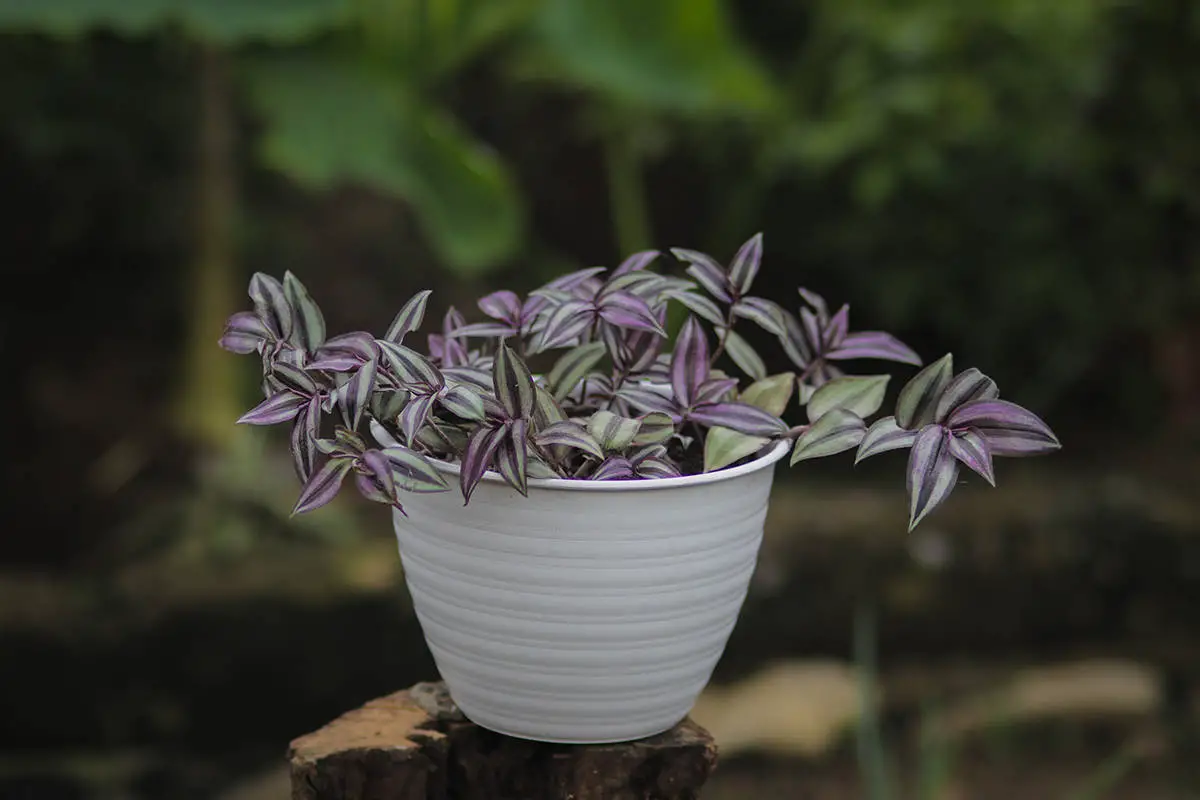
The Wandering Jew, or Tradescantia zebrina, is a fast-growing houseplant that stands out with its striking foliage. You can identify this plant by its leaves, which are variegated with stripes of green, white, and silver on top and a vivid purple underneath. Tradescantia zebrina thrives indoors, requiring little maintenance to establish a full and vibrant presence in your home.
With proper care, your Tradescantia zebrina will show rapid growth. Ensure it gets bright, indirect light to maintain the color of the leaves. Too much direct sunlight can fade the stripes, while too little light may cause the plant to become leggy.
Watering is crucial for this species. Keep the soil evenly moist, but not soggy, to encourage healthy growth. Tradescantia zebrina also benefits from high humidity, so consider placing it in a kitchen or bathroom, or use a humidifier.
Propagating the Wandering Jew is simple and adds to its appeal as a fast-growing plant. Cuttings root easily in water or soil, so you can quickly expand your collection. Regular pruning helps to manage growth and encourages a bushier appearance.
Tradescantia (Spiderwort)
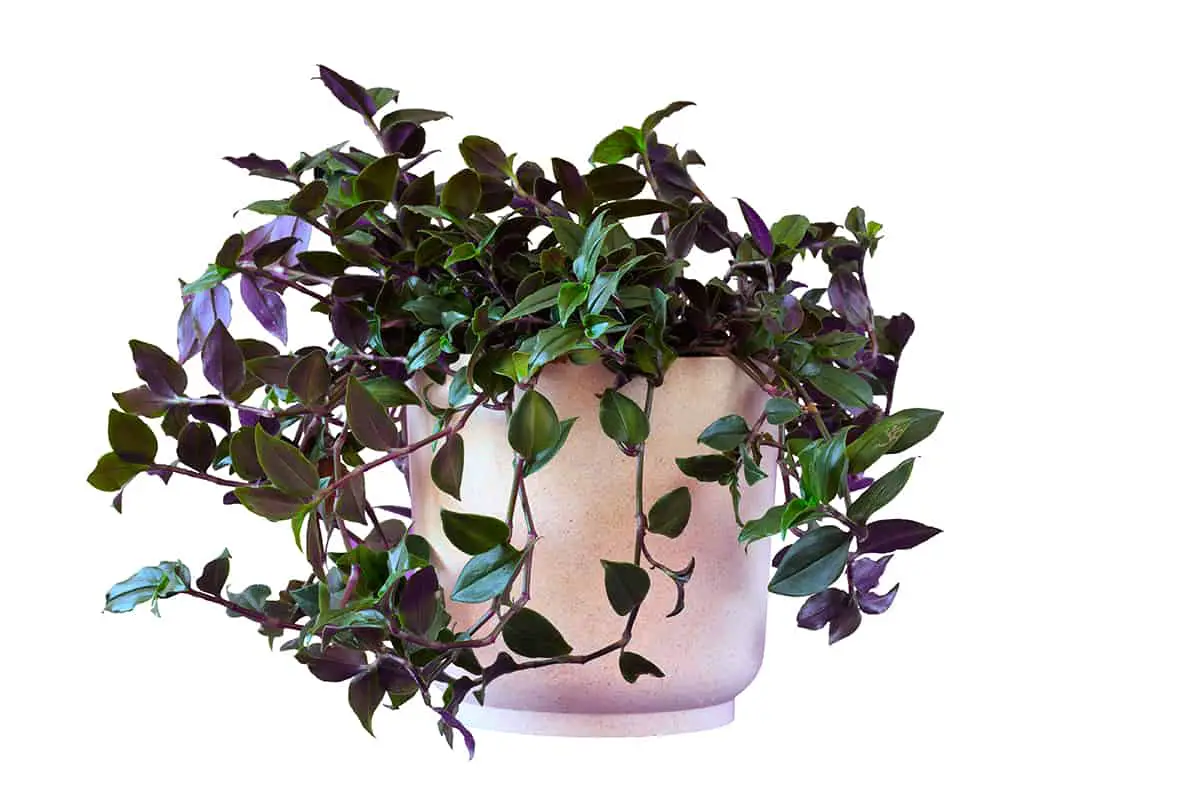
Tradescantia, commonly known as Spiderwort, is a fast-growing houseplant. You’ll appreciate its lush foliage and small flowers. Native to the Americas, Spiderwort thrives indoors with minimal care.
Your Spiderwort can reach a height of 2-3 feet. It prefers indirect light and regular watering. Ensure the soil stays moist but not waterlogged. This plant grows quickly and may need frequent pruning.
There are several types of Spiderwort. The common Virginia Spiderwort originates from the eastern United States. Tradescantia fluminensis, known for its trailing stems, comes from South America. Another popular type, Tradescantia zebrina, is admired for its striped leaves.
You can easily propagate Spiderwort by stem cuttings. Place the cuttings in water or soil and they will root quickly.
Remember to handle your Spiderwort with care, as the stems can be fragile.
Areca Palm (Dypsis Lutescens)

The Areca Palm, also known as Dypsis lutescens, is a lush, fast-growing houseplant that enhances your space. You’ll find it easy to grow indoors. It not only brings a tropical feel to your home but also serves as an effective air purifier.
Areca Palms flourish in bright, indirect light. However, they can tolerate low light. Keep the soil moist but not waterlogged to prevent root rot. You should keep your Areca Palm in a warm spot, avoiding temperatures below 50 °F.
With the right care, this palm can grow a few feet tall. Regular pruning helps maintain its shape and health. Fertilize your Areca Palm during the growing season for best results.
Areca Palms have the ability to remove indoor pollutants. This makes them a great choice for a healthier living environment. Their feathery, arching fronds create a sense of tranquility in any room.
To ensure your Dypsis lutescens thrives, give it the attention it deserves.
Kalanchoe
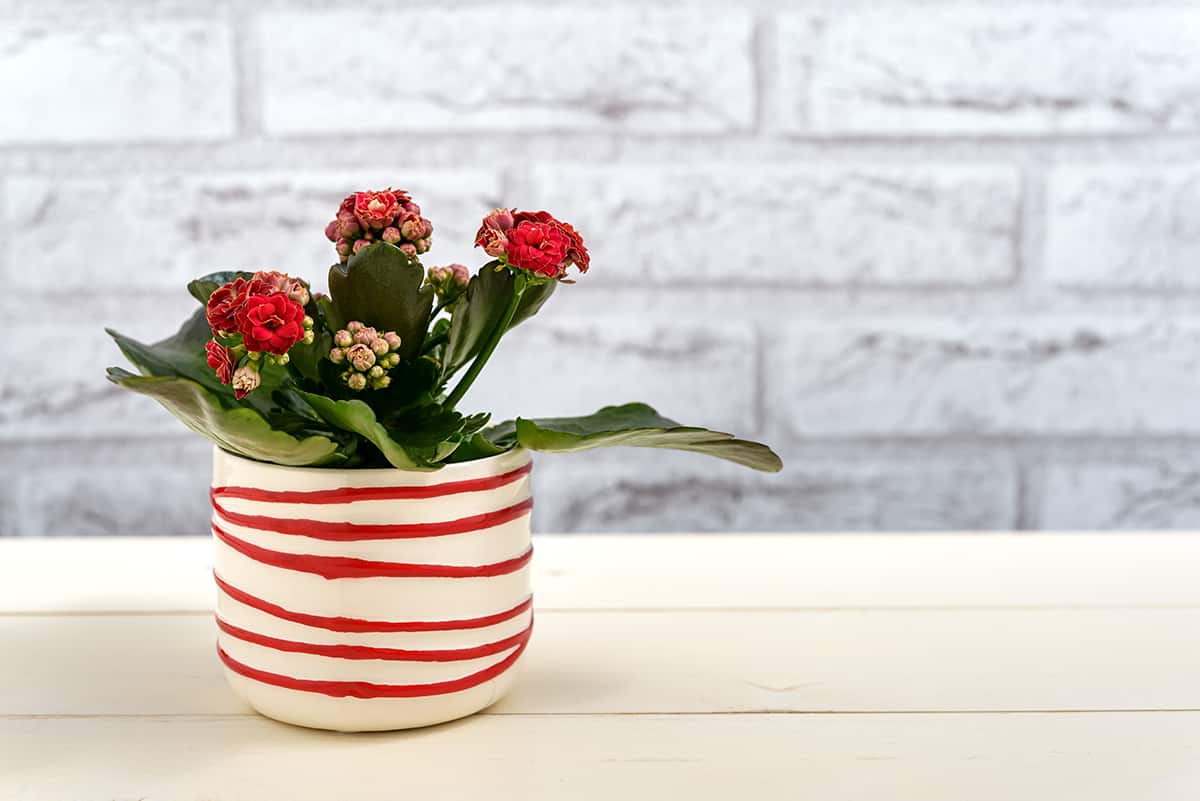
Kalanchoe plants offer you durable foliage and flowers. Kalanchoe blossfeldiana, often available in late winter and spring, grows fast. It needs little care at home or in the office. This plant thrives in bright indoor spaces. It favors moderate temperatures. Aim for 45-65 °F at night and 50-70 °F during the day.
The leaves of your kalanchoe are thick, waxy, and dark green with scalloped edges. Flowers appear in clusters, showing vibrant colors. Keep the soil dry between waterings. Ensure good drainage to prevent root issues.
Kalanchoe is versatile and beloved for its colorful, long-lasting flowers. Some types also grow plantlets on their leaf edges. These adapt well indoors, away from high humidity.
For architectural interest, consider the “flapjacks” variety. It has paddle-shaped leaves that add a bold texture to your decor.
Arrowhead Plant (Syngonium Podophyllum)
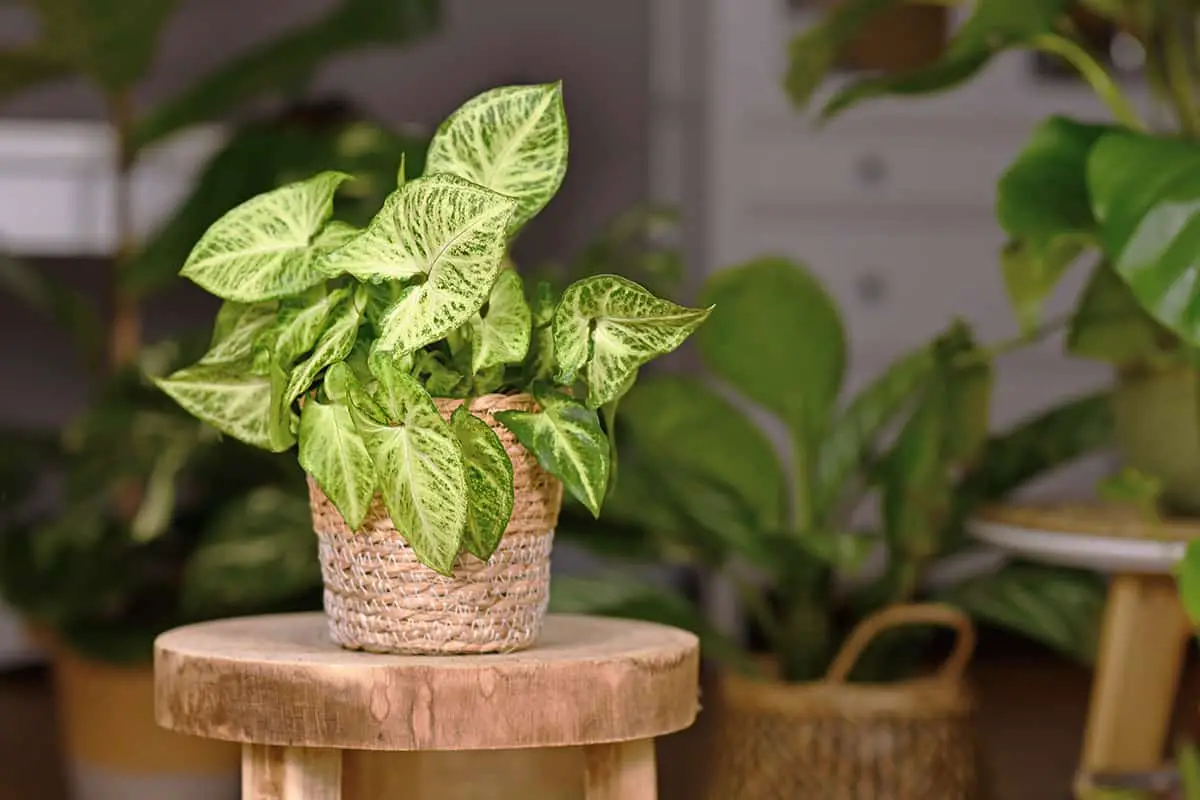
The Arrowhead Plant, also known as Syngonium Podophyllum, is a versatile houseplant. You can easily identify it by its arrow-shaped leaves.
In young plants, the leaves have a heart shape. They develop into a vine-like form as the plant ages. For a bushy growth, prune your Arrowhead Plant regularly. It adapts well to various light conditions but thrives in bright, indirect light.
Care for your Arrowhead Plant involves moderate watering. Wait until the soil is partly dry between waterings. Overwatering can lead to root rot, a common issue in houseplants.
With minimal care, you will see it flourish. It can become a talking point in your home due to its unique foliage. Remember, this plant can grow quite large with the right care.
If you wish to keep it manageable, consider repotting and trimming the root system every few years. This will help maintain the desired size and shape. It’s a practical choice to enhance your indoor space with greenery.
The Arrowhead Plant is an excellent choice if you are seeking fast-growing houseplants. It is not only attractive but also helps to create a refreshing atmosphere in your living space. Keep it out of direct sunlight and provide the right conditions for a thriving plant.
